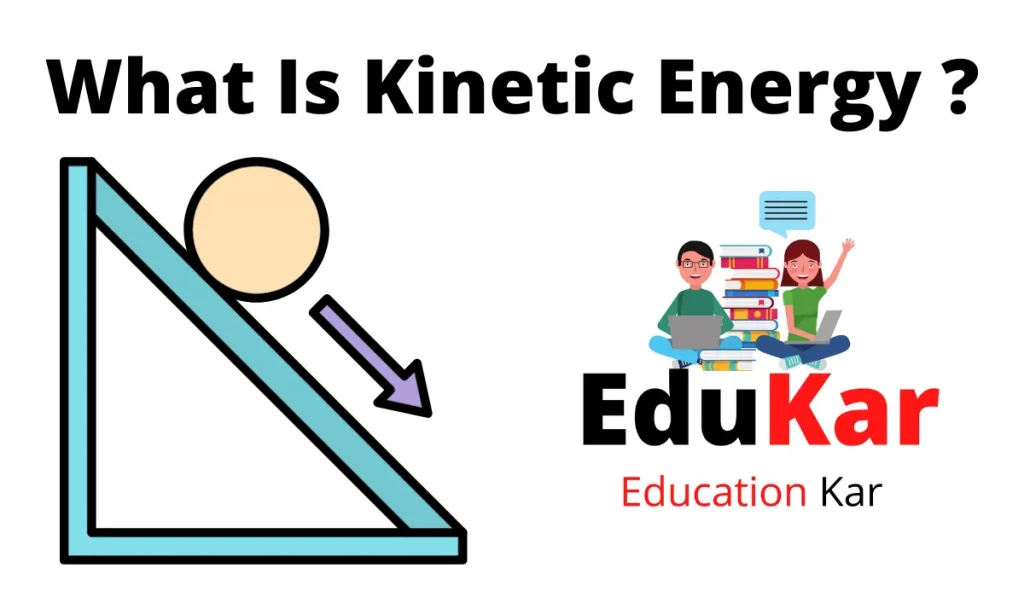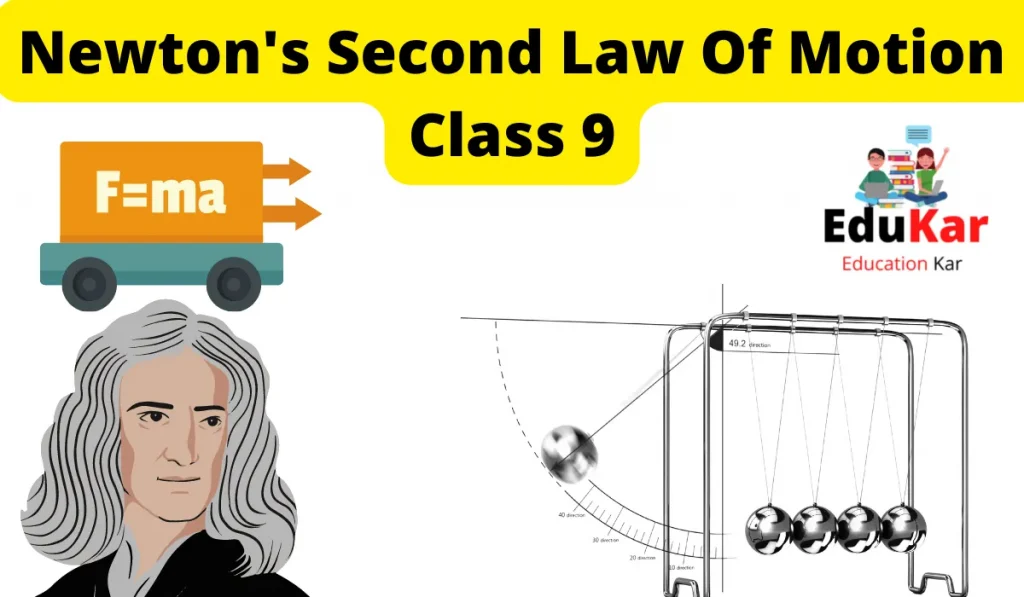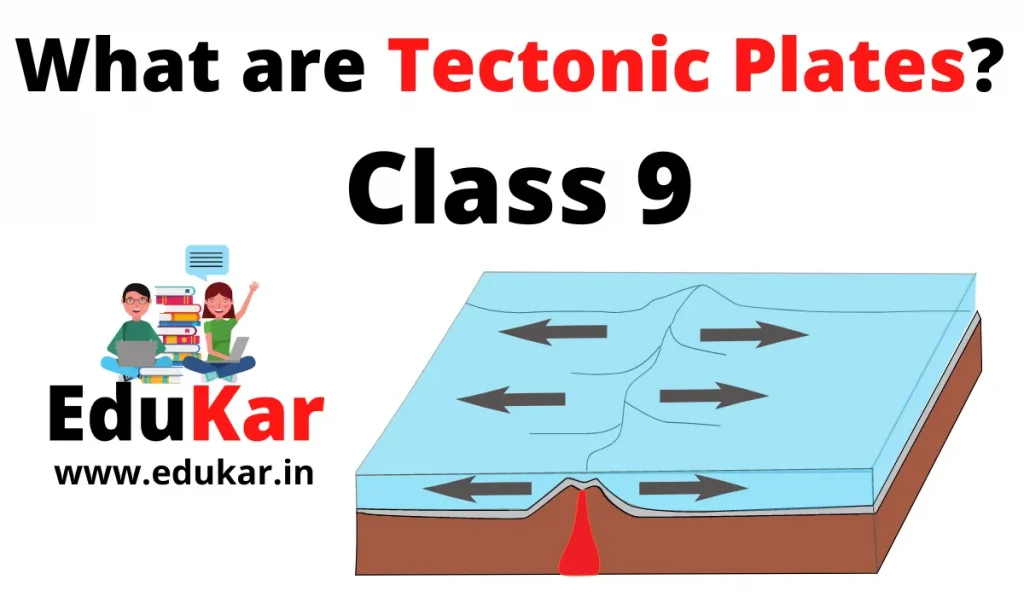Contents
Kinetic energy is described as the energy that is produced by an object due to its motion. When an body is set to acceleration, there is a definite need to apply some forces. The application of force needs work and after when the work is done, the energy gets conveyed to the object making it move at a constant velocity.

Here, the energy conveyed is referred to as kinetic energy and depends on the speed and mass of the body being set in motion.
Fun Facts- As we move forward on this blog, you will get to know how energy in an object changes from one form to another. For example, take a flying squirrel that has come into collision with a chipmunk in its rest state. After the crash, there will be a flow of kinetic energy ensuing in the squirrel to transform its energy into some other forms. It will come to pause and then the kinetic energy will be zero.
Types of Kinetic Energy
There are 5 types of kinetic energy- Thermal, Radian, Electrical, Sound and Mechanical. Now, let us look at some of the kinetic energy examples and learn more about the different kinds of kinetic energy.
1. Thermal energy
Thermal energy is also known as heat energy. It is generated due to the motion of atoms when they slam with each other. Some examples of thermal energy are:
- Boling water on a stove
- Heated swimming pools
2. Radiant energy
Radiant energy is a one of the kind of kinetic energy that is always in motion travelling through medium or space. Some examples of radiant energy are:
- Ultraviolet rays
- Radio waves
3. Electrical energy
Electrical energy is acquired from the free electrons that are of negative and positive charge. Some examples of electrical energy are:
- Dryer
- Washing Machine
4. Sound energy
The trembling of an object produces sound energy. Sound energy travels through the medium but unable-to travel in a vacuum as there are no molecules to act as a medium. Some examples of sound energy are:
- An airplane taking off
- A balloon popping
5. Mechanical energy
The sum of potential energy & kinetic energy is called as mechanical energy, which can neither be generated nor be destroyed but converted from one form to another. Some examples of mechanical energy are:
- Riding a bicycle
- Hammering a nail
Kinetic Energy Conversion
Kinetic energy is conveyed between objects and can be transformed into other forms of energy. Yo-Yo is a great example to describe the conversion of kinetic energy. While starting to play with it, one starts by allowing it rest in hand at this point all the energy is stored in the ball in the form of potential energy. Once the person drops the yo-yo the stored energy is conveyed into kinetic energy, the power of movement. Once the ball reaches the bottommost of the yo-yo, all the energy is transformed to kinetic energy.
Kinetic Energy- Scalar or Vector Quantity?
In the articulation, we have seen that velocity (v) is squared. As we know that the square of a vector quantity is a scalar, and we also realize that mass is a scalar quantity. Hence, so kinetic energy is a scalar quantity.
Kinetic Energy Examples
Bearing in mind the upper formula for kinetic energy, So, now let’s look at some of the examples seen in everyday life situations.
- An aeroplane has enormous kinetic energy in flight because of its quick velocity and huge mass.
- A downhill skier coming downward from above will show immense kinetic energy because of its rapid velocity and mass
- A baseball after it is thrown it will have a huge amount of kinetic energy because of its high velocity, and despite its smaller in size and mass.
- When an asteroid falls at an unbelievable speed, it has a high amount of kinetic energy.
- A car moving down the road has less kinetic energy in comparison to that of a semi-truck because of the lower mass of the car than compared to truck.
What is Potential Energy?
The form of energy by advantage of which energy is stored in an object due to some position and relative to some other position at rest is called as potential energy. Three types of energy effects are: chemical energy, nuclear, and potential energy. This can be considered based on the height, distance, or mass of the object. It is calculated in Joules.
Examples of Potential Energy:
- Tree branches up high can fall into the terra-firma so they have potential energy.
- Foods that we consume provide us with energy due to the chemical potential energy. It helps with primary metabolic activities inside us.
- A spring extended in a pinball machine can move the call after it is released. This result in elastic potential energy.
Kinetic Energy Units
When ever we take the unit of mass as kilogram and velocity as a meter per sec, the kinetic energy holds the unit of kilograms meter square per Second Square. It is normally measured in Joules. So, the international system (SI) unit of kinetic energy is Joule (J), which is exactly 1kg.m2.
Conclusion
Kinetic energy is the energy produced by an object as a result of its motion. There is a clear requirement to apply forces when an item is set to accelerate. Work is mandatory for the application of force, and after the work is done, the energy is conveyed to the object.



![Packing Class 9 Questions and Answers [Class 9 English Beehive Chapter 7 ] Packing Class 9 Questions and Answers [Class 9 English Beehive Chapter 7 ]](https://edukar.in/wp-content/uploads/2023/01/Packing-Class-9-Questions-and-Answers-1024x640.webp)

![Natural Vegetation and Wildlife Class 9 Questions Answers [Class 9 Geography Chapter 5] Natural Vegetation and Wildlife Questions Answers](https://edukar.in/wp-content/uploads/2023/01/Natural-Vegetation-and-Wildlife-Questions-Answers--1024x640.webp)
![Digital Documentation Class 9 [Questions Answers & MCQ] Digital Documentation Class 9](https://edukar.in/wp-content/uploads/2022/08/Digital-Documentation-Class-9-1024x597.webp)
![A House Is Not A Home Question Answer [Class 9 English Moments Chapter 8] A House Is Not A Home Question Answer](https://edukar.in/wp-content/uploads/2023/01/A-House-Is-Not-A-Home-Question-Answer-1024x640.webp)





![No Men Are Foreign Class 9 Question Answer [NCERT] No Men Are Foreign Class 9 Question Answer](https://edukar.in/wp-content/uploads/2023/01/No-Men-Are-Foreign-Class-9-Question-Answer-1024x640.webp)
![The Beggar Summary in English [Class 9-Chapter 10 ] The Beggar Summary in English](https://edukar.in/wp-content/uploads/2022/10/The-Beggar-Summary-Class-9-English-1024x536.webp)

